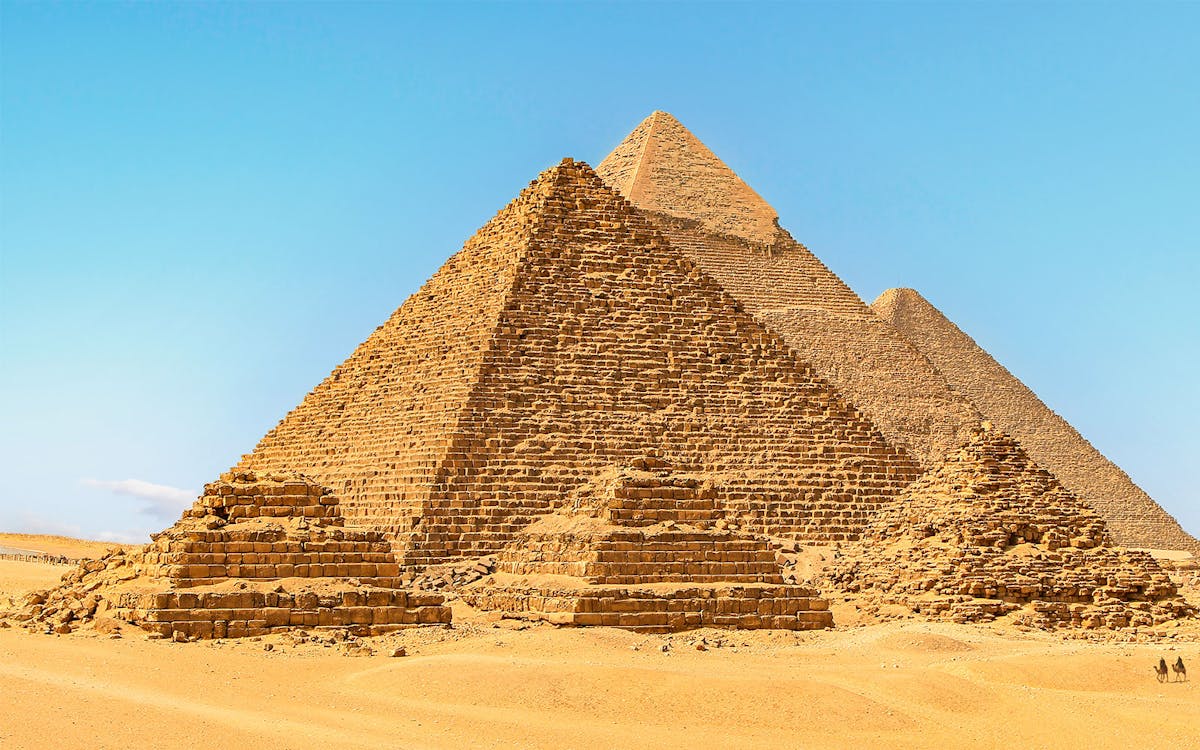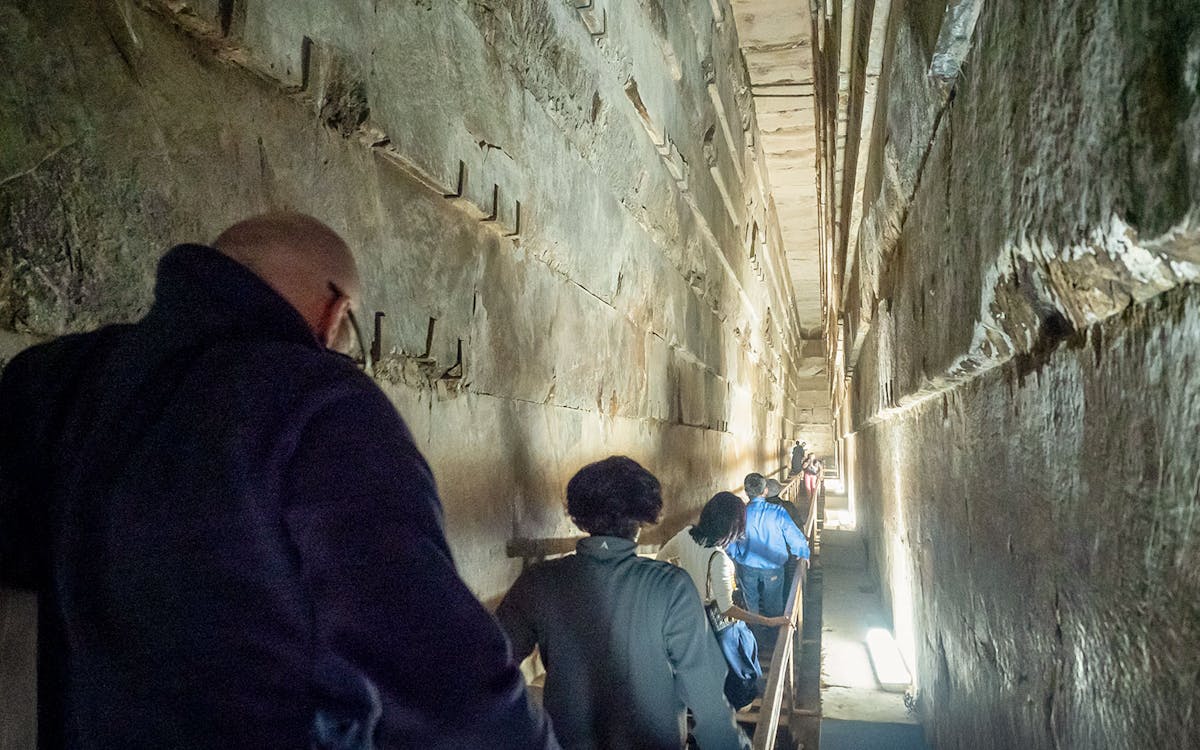Let’s face it, there’s something about the Pyramids of Giza that makes people dream big. Whether it's ancient alien conspiracies, secret chambers, or whispers of a lost city, these 4,500-year-old structures continue to stir our collective imagination. But as archaeology gets cooler tech and better tools, we’re finally getting some answers to the age-old question: What’s really beneath the pyramids? Spoiler: It’s not aliens. But it’s still pretty incredible.

The theories: From Atlantis to secret energy plants
First, let’s get the wild stuff out of the way. For decades, theories have swirled around the Giza Plateau: that the pyramids weren’t tombs but ancient energy machines; that there’s a Hall of Records hidden beneath the Sphinx; or that an underground city built by survivors of Atlantis lies buried beneath the sand. Authors like Edgar Cayce and theorists like Robert Bauval and Christopher Dunn have popularized these ideas. And honestly? They make for great bedtime reading or Netflix specials. But most of these claims lack solid archaeological evidence.
The truth is (almost) stranger than fiction
Now for the fun part: what we have found.
- The Osiris Shaft: Located under the causeway between the Great Pyramid and the Sphinx, this three-level structure includes an underground chamber with a granite sarcophagus submerged in water. Excavated by Hawass in 1999, it's believed to have been a symbolic tomb of the god Osiris. No mummies here, but plenty of atmosphere.
- Grand Gallery Void: In 2017, scientists from the ScanPyramids project used muon tomography to discover a 30-meter-long hidden void above the Grand Gallery of the Great Pyramid. Its purpose? Unknown. Its existence? Confirmed. That’s huge… literally.
- Hidden Corridor (2023): Another muon scan revealed a 9-meter-long corridor near the north face of Khufu’s pyramid. It’s the first new structural discovery inside the pyramid in decades.
- Western Cemetery Anomalies: As of 2024, archaeologists are excavating what might be a brand-new tomb based on radar scans detecting an L-shaped structure and a vertical shaft. Maybe this could be the next big thing.

So... No underground city?
Not yet. The idea of a massive underground metropolis directly beneath the pyramids doesn’t align with what we know about ancient Egyptian burial practices. Most tombs are modest in scale, and while the plateau is riddled with shafts and chambers, they’re individual and ritual in nature, not part of a secret civilization’s subway system. Still, the fact that we’re still finding new chambers, tombs, and even corridors after centuries of excavation proves how little we truly know. And that’s the real wonder.
Recommended tickets to Pyramids of Giza
Why it’s all so exciting
Every new discovery, whether it’s a 4,000-year-old tomb or a previously undetected void, peels back another layer of ancient Egypt’s story. These aren’t just dry academic findings, they’re windows into a world where divine kings walked the earth, where tombs were carved into rock with mathematical precision, and where mythology shaped architecture.


